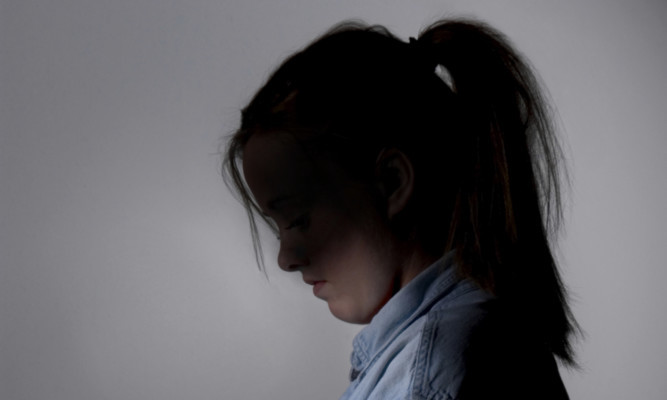Almost half of fostered teenagers are currently living with their third family in care, according to a survey.
The Fostering Network said children are moved too many times in care and is appealing for more fostering families to help look after youngsters.
The survey also found that a third of children aged between five and ten are living with their third foster family while around 8% of fostered teenagers have lived with ten different families.
Over 5,500 foster children currently live with around 4,400 foster families in Scotland, the Fostering Network said.
The charity estimates that fostering services need to recruit around 750 new foster carers across Scotland this year to meet the needs of the rising number of children coming into care.
Moving between homes can have a detrimental effect on children’s education, well-being and their ability to make and maintain relationships, it said.
The Fostering Networking surveyed 160 foster carers who gave information on 265 children in their care. It was carried out to mark the start of the charity’s annual Foster Care Fortnight.
Sara Lurie, director of The Fostering Network Scotland, said: “As each year passes, we see more and more children coming into care. We need people who can open their heart, and their homes, to vulnerable children and young people and use their skills to help support them to reach their full potential.
“In particular we need people who have the skills, patience and passion to look after teenagers who may have had a really tough time and be facing some real challenges, and to offer them love, stability and security.
“A good foster carer will believe in the ambition of the children in their care in the same way they’d believe in the ambition of their biological family members.”
An example given by the charity is of ‘Carla’, now 23, who was taken into care at the age of 12 and lived in eight foster homes before finally finding a home.
She said: “I never understood the extent of the neglect and abuse I had endured until I came to live with a ‘normal’ loving family.
“They were just always themselves, the smallest details meant so much to me. They nurtured a young, angry, untrusting teenager to become a positive, empathetic and successful young woman.”
‘Cindy’, a carer who works with the Fostering Network, has looked after children for three years.
She said:”When we were asked what our preference would be when we started fostering, I replied, a young person who needs a family.
“We found ourselves gravitating towards teenagers because all young people face challenges, but I find the teenagers more independent thinking and engaging, and navigating through the teenage years is bumpy but great fun.
“I have enjoyed shopping, listening to music, and going to theme parks. Fostering teenagers means we never get to grow old. Life is so much more fun having them in our life, and we learn as much from them as they learn from us.”
